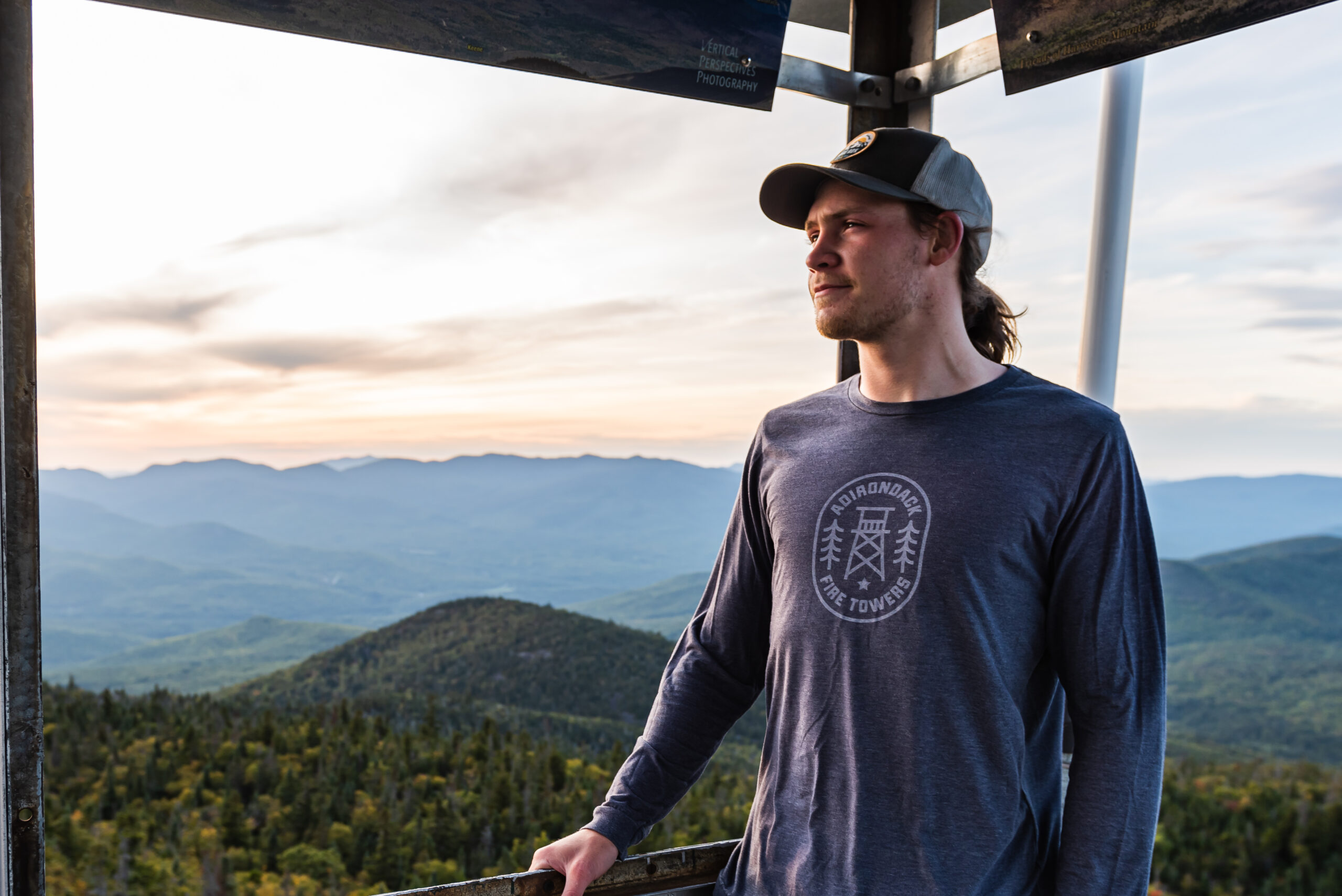Should Land Conservancies use Citizen Science?
What exactly is citizen science?

The Eastern-Tailed Blue. One of the many species logged during the ATBI BioBlitz (Photo Credit: John Cramer)
In recent years, a new breed of scientist has emerged: the citizen scientist. The image of “scientist” has outgrown its academic white lab coat, and now extends to the everyday outdoor enthusiast. Citizen science requires no formal academic training and instead relies on the hobbies and passions that individuals pursue in nature. For example, casual birders can record their observations (using databases like iNaturalist and Nature’s Notebook) that result in massive data sets that allow for formal studies on topics ranging from ecosystem health to animal behavior.
There are countless examples of successful citizen science initiatives at work, some right here in the Adirondacks. These range from mapping invasives to mailing potentially lifesaving backyard soil samples. One large citizen science event held each year in the Adirondacks is the ATBI BioBlitz. Every year, Adirondack Research and SUNY –ESF collaborate to lead naturalists, teachers, students and outdoor adventurers for a day to record as many species as they can. This helps to create a “pulse” on the ecological composition of the Adirondack Park.
Why citizen science is useful to land conservancies:

A citizen scientist hard at work.
So how exactly does community-driven science relate to the success of land conservancies? The goal of most (if not all) land conservancies is to steward and protect land. This is an incredibly difficult task if what is on the land remains a mystery. Through citizen science, land conservancies can map the species present on their land, allowing them to better protect important and endangered species and prevent the spread of invasives. Additionally, land conservancies can craft more suitable activities for the local communities, such as nature walks.
When land conservancies invest their time in citizen science, an amazing feedback loop between the land conservancy and the community is created. For example, Lake George Land Conservancy recently held a program to teach interested community members how to identify invasive species. The land conservancy was able to achieve its goal of providing education to the community. Community members were then empowered, and now the community can give back by stewarding the land through invasive monitoring. The best part – it’s all free. The community receives free training and the land conservancy gains volunteer stewards.
Why citizen science is useful to individuals:
Citizen science places power in the hands of community members. Citizens can direct research to serve their needs. Collaboration on citizen science projects with land conservancies, non-profits, and local colleges can help bring forth environmental change that locals wish to see in their community.

Beautiful Adirondack vista. (Photo Credit: Anna Mowat)
Additionally, interacting with and studying nature provides a stronger connection to place. Through citizen science, one can cultivate a deeper knowledge of the land in their own backyards. With this knowledge often follows increased enthusiasm and care for the land. In this way, another feedback loop is created. A stronger and more enthusiastic community leads to a stronger land conservancy. A stronger land conservancy leads to better programming for community members and better protected land to explore.
To learn more about citizen science initiatives in the Adirondacks, follow Adirondack Research on Facebook and Twitter or learn how you can join the annual Adirondack BioBlitz by emailing info@adkres.org.
Natalie Poremba
Hamilton College Adirondack Program
Adirondack Research Intern


